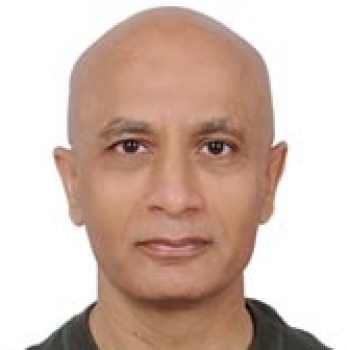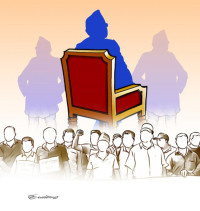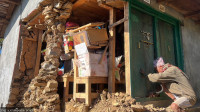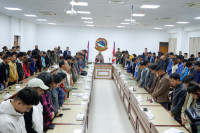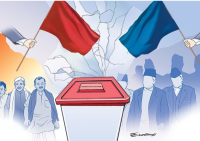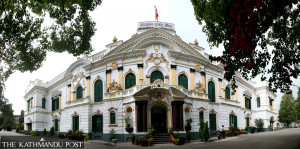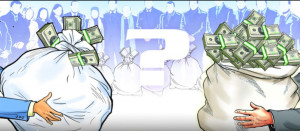Columns
Speedy construction at TU cricket ground
In Nepal’s infrastructure history, project delays are routine. The TU work offers some hope.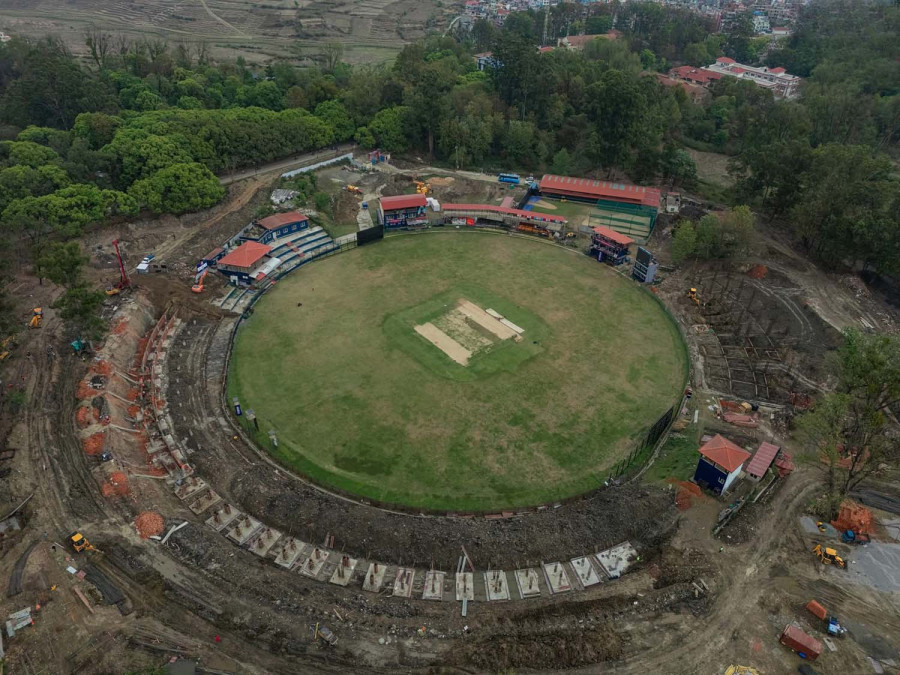
Paban Raj Pandey
The ongoing construction of adding stands and floodlights at the Tribhuvan University Cricket Ground in Kirtipur is drawing applause from all around—deservedly so. Nepalis are not used to the kind of speed with which work is being done. A 10,000-seating-capacity parapet and six floodlights are contracted out for Rs437.7 million and Rs421.9 million, respectively. Originally slated to complete in 66 days by May 7, the parapet contractor has asked for two months’ additional time with the Ministry of Urban Development, saying the recent heavy rainfall delayed work. In Nepal’s construction history, project delays and cost overruns are routine. Against this, the TU work has come as a beacon of hope.
No country can move up the development ladder without proper infrastructure in place. In Nepal’s context, well-connected roads, bridges and communication networks play a crucial role in enhancing commercial possibilities as well as integrating rural areas with cities. Infrastructure, such as road transportation and energy production has improved a lot in recent decades, but things could be a lot better. The inability to even spend the allocated budget sticks out like a sore thumb. In the last fiscal year through mid-July 2024, Rs191.7 billion was spent on capital expenditure, amounting to 63.4 percent of the earmarked amount; for four years, this averaged 60 percent, down from 70 percent pre-Covid-19.
Against this background, a question arises: What changed? Amid a prevailing years-long culture of lacklustre spending of the capital budget, it is hard to pinpoint any single reason behind the progress seen at work at Tribhuvan University, although it must be said that this is taking place at a time when the nation is witnessing a rising popularity of monarchy; the institution was abolished in May 2008. Over the years, former King Gyanendra’s visits to various districts have increasingly been drawing large crowds. On March 10 this year, tens and thousands lined the streets of Kathmandu to welcome him upon his return from Pokhara, calling for the monarchy’s return. This hogged the headlines for days.
Not delivering on promises
Monarchy was left dead for years, but it is strongly pushing for a comeback. The leading political parties have no one to blame but themselves. Once in power, they forgot the promises, which at times were pie in the sky, they had made to the people. As is evident in the capital expenditure data above, infrastructure development is crawling ahead, not sprinting. There is widespread corruption, and a lack of good governance plagues the system. Laws are there, but loopholes defang them. Regulatory bodies are there, but they are highly politicised, with the major political parties appointing the agency heads under a quota. Bureaucracy is there, but its creativity is stifled by a greedy ‘yes man’ culture.
This has created apathy toward the current leadership, particularly so because the top three leaders—Sher Bahadur Deuba of the Nepali Congress, KP Oli of the Communist Party of Nepal (Unified Marxist-Leninist) and Pushpa Kamal Dahal of the Communist Party of Nepal (Maoist Centre)—are making a mockery of democracy by taking turns in leading the nation. Deuba has become prime minister five times, Oli four times and Dahal three times. Within their party leadership, too, they wield an iron grip. People are looking for alternatives, granting 21 seats (out of 275) in the 2022 general election to a six-month-old Rastriya Swatantra Party. The call for the monarchy’s return similarly expresses this desire for change.
For that reason, there is a sense of panic among the leaders, asking for forgiveness from the people. Addressing a pro-republic rally on March 28, Dahal declared that they had received the people’s message and that they would reform themselves. Several other leaders have expressed similar sentiments. Bam Dev Gautum, who left the CPN (UML) in 2021 and is a current member of the National Assembly, recently said that if the monarchy is restored, they would all go to prison. This is a tacit admission of guilt. Only admitting that they messed up does nothing to pacify people’s frustration. One way to ameliorate matters is by bringing those sidelined earlier into the fold.
But this is far from being practised. On the same day, several pro-republic communist parties held a rally in Bhrikuti Mandap on March 28, monarchists held their own in Tinkune, where things turned violent. Demonstrators set fire to a house, which allegedly was used to launch tear gas, and police fired live rounds. Authorities single-handedly blame the rally organisers, while the latter contradict them saying they were provoked and pro-republic infiltrators caused that violence. Ideally, anytime people lose lives, scores more get injured, and property worth millions gets damaged, it would call for a judicial inquiry to investigate. But such demands have only fallen on the deaf ears of the Oli administration.
Never too late for a change
Prime Minister Oli is known for having an authoritarian penchant. He sought to dissolve the Parliament each in 2020 and 2021; on both occasions, it was deemed unconstitutional by the Supreme Court. Before that, in 2019, in an apparent attempt to consolidate power, he brought the Department of Revenue Investigation, the Department of Money Laundering Investigation and the Department of National Investigation under the Prime Minister’s Office. In an emerging nation like Nepal, going through its adolescence, benevolent and nationalist authoritarians ruling with an iron fist can do wonders, provided all the energy is channelled toward the nation’s welfare and economic development and not towards personal gains.
If monarchy’s recent popularity has driven Oli, Dahal and Deuba, and others to mend their ways, it is never too late for a change. But if it turns out that what is happening at Kirtipur is just a one-hit wonder, that is life. There is room for scepticism as these leaders’ recent apologetic manners also accompany vindictive language towards the monarchy. Dahal accused Gyanendra of killing his brother, King Birendra, who was assassinated in June 2001, and Oli accused him of orchestrating the Tinkune mayhem. The average Nepali is not interested in hearing such petty comments. If infrastructure were developing at a pace comparable to that of Kirtipur over the past 17 years, people would probably not hanker for the monarchy’s return.




 15.12°C Kathmandu
15.12°C Kathmandu